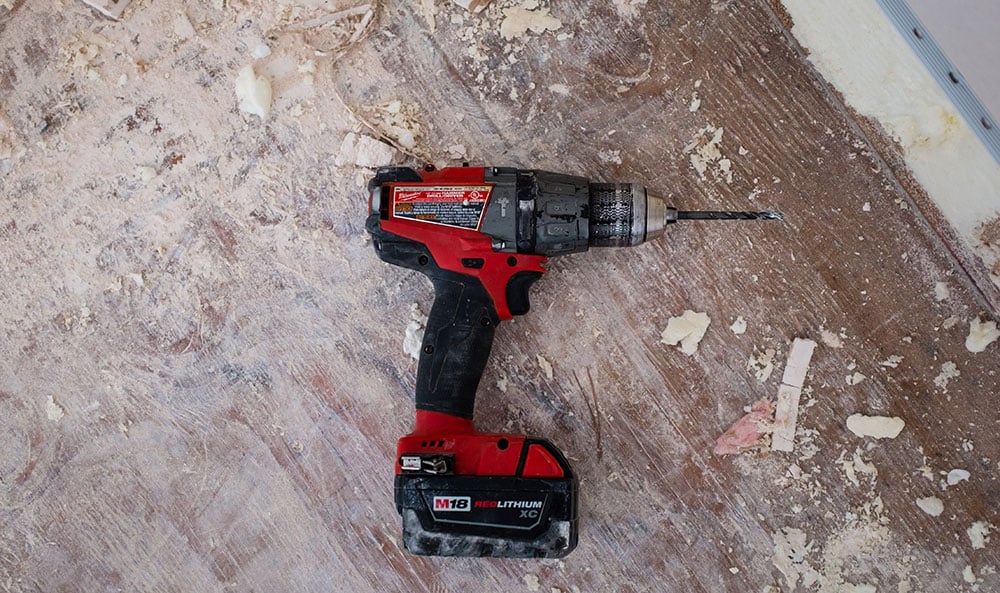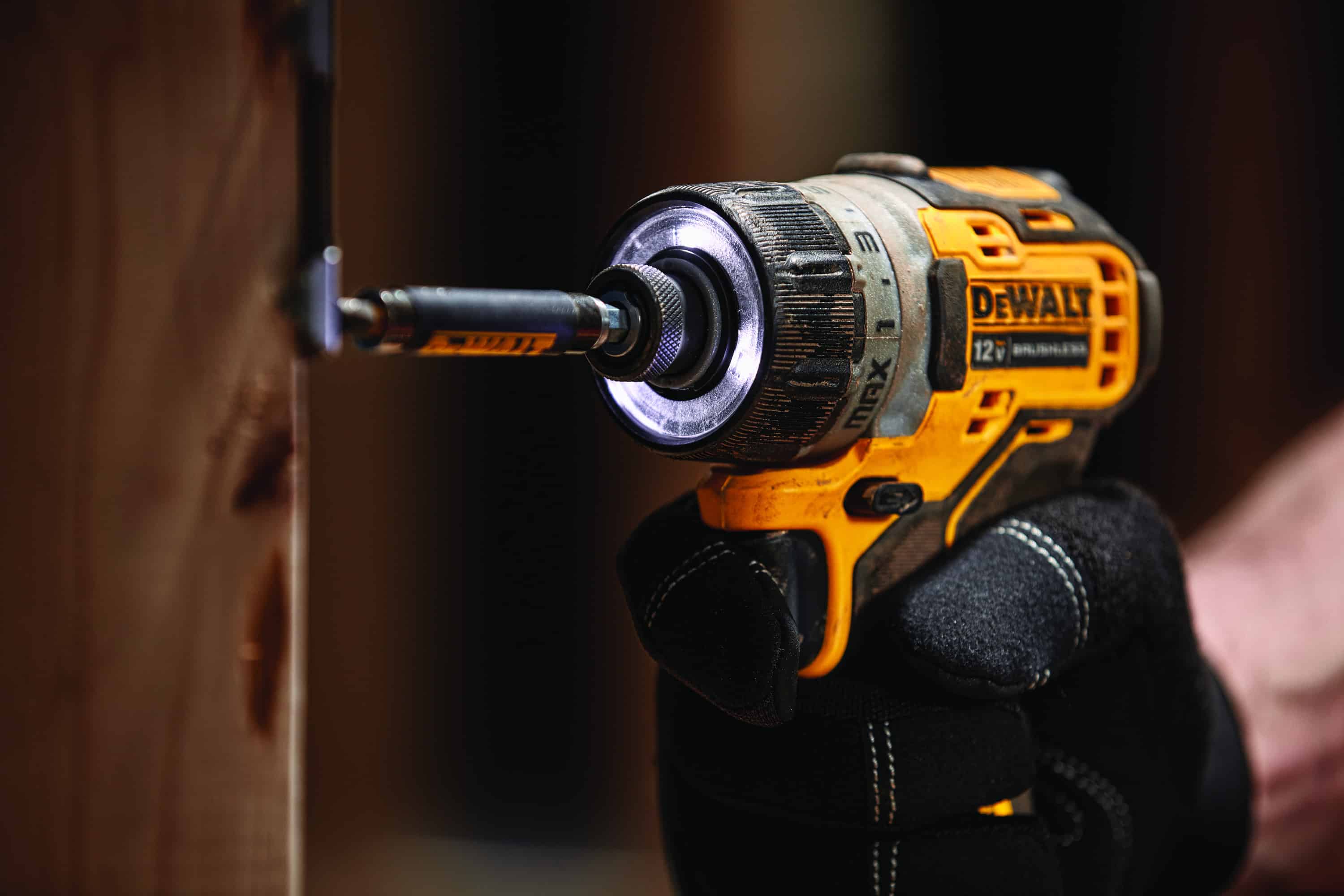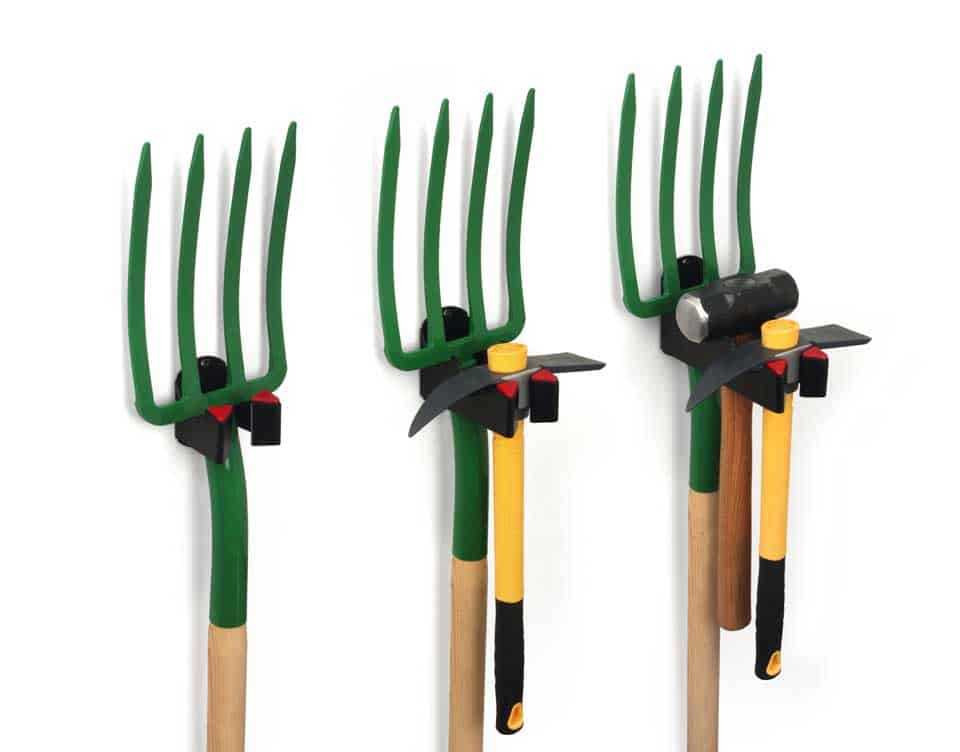
The choice between brushed vs. brushless power tools isn’t as easy as you might think. Both have their pros and cons, but with the price of brushless tools dropping so rapidly, the choice gets easier.
How a Brushed Cordless Tool Works
Brushed motors are simple. All you needed is a supply of current and voltage to produce torque at a desired speed. Switching battery polarity to the motor gives the ability to reverse the drill.
The term “brushed” means that brushes or sliding contacts housed inside the motor conduct the electrical power from stationary wires to the rotating “armature” through a “commutator” fixed to the armature shaft. The armature is wound with copper wire coils that produces the magnetism when supplied power.
The coils are wrapped around laminated steel that create either a north or south pole, depending on the position of the brushes relative to the commutator. When the coils are energized, they are pulled around to the opposite pole of the permanent magnet surrounding the armature.
As the armature turns, the polarity of the electromagnet is switched by the commutator to attract it to the approaching permanent magnet of opposite polarity. The sliding friction of the brushes to the commutator, arcing and brush resistance causes heat and efficiency loss.
How a Brushless Cordless Tool Works
Drills and tools powered by “brushless” motors operate in a very different way. The motor windings are stationary (stator), while the permanent magnets are in the rotor or spinning part of the motor, opposite of a brushed motor.
There is no mechanical device or commutator to conduct power to the windings that will cause friction and electrical resistance. However, the tool’s electronics must now be responsible for switching the polarity of the coils, a similar job of the brushed motor’s commutator.
Also, the tool’s electronics must know where the rotor is at all times, so it can coordinate when to fire the appropriate coil and polarity.
This is achieved by hall effect sensors that can “see” either the magnetic field created by the rotor magnets or a separate magnetized disc that is positioned in relation to the rotor magnets. In some cases, “sensor-less” brushless motors are used in tools.
Sophisticated algorithms stored within the tool’s electronics energize and hold the coils at precisely the right time to achieve the maximum torque, power and efficiency which can be adjusted on the fly throughout the RPM range of the motor. This translates into increased tool performance, which is why brushless motors have become so popular in recent times.
If you can swing the premium of a brushless power tool, it’s always best to choose them. You’ll gain more power and runtime, with less wear and tear on your tool.



